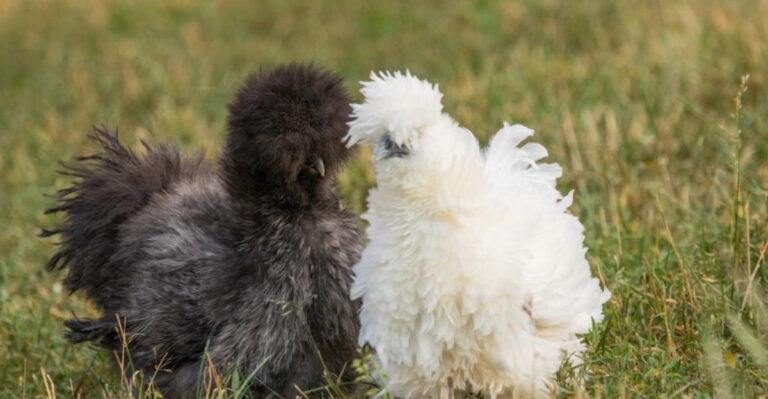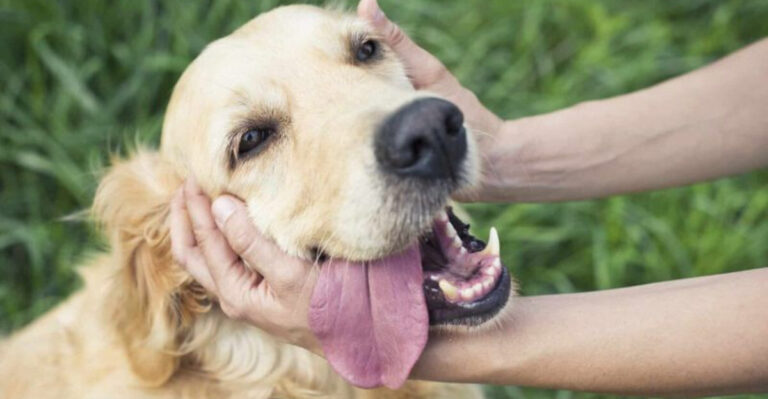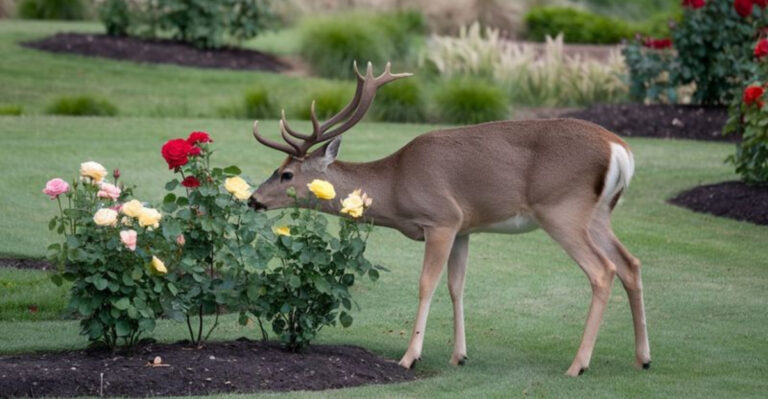12 Warning Signs Of Brachycephalic Airway Syndrome In Persian Cats
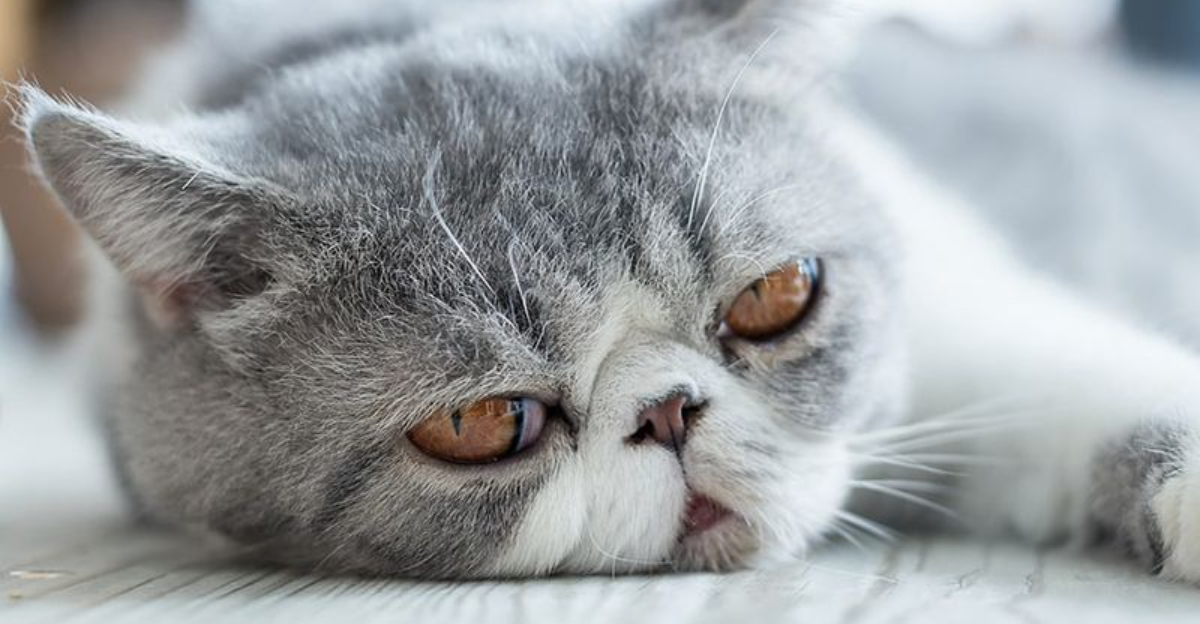
Those adorable flat faces that make Persian cats so distinctive also put them at risk for breathing troubles.
Brachycephalic Airway Syndrome affects many flat-faced felines, causing respiratory challenges that can seriously impact their quality of life.
Knowing the warning signs early can help your fluffy friend breathe easier and live a more comfortable life.
1. Noisy Breathing Even During Rest
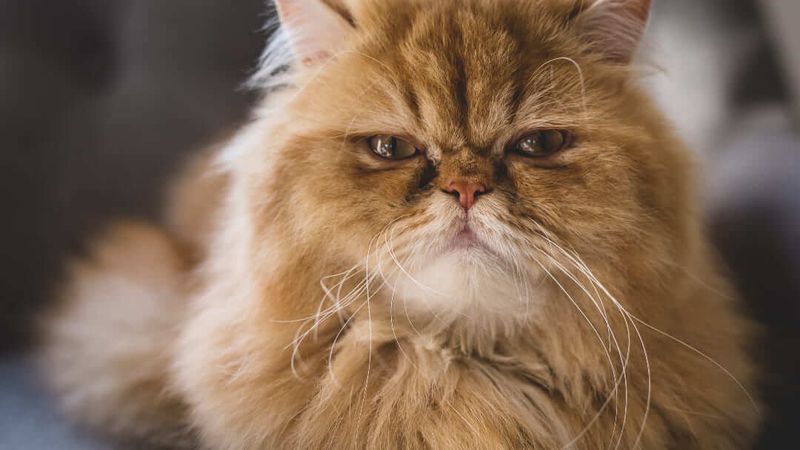
Your Persian’s breathing shouldn’t sound like a tiny locomotive! Snorting, wheezing, or whistling sounds during normal breathing indicate potential airway obstruction.
These noises happen because the shortened facial structure forces air through narrowed passages, creating resistance and those distinctive sounds.
2. Open-Mouth Breathing
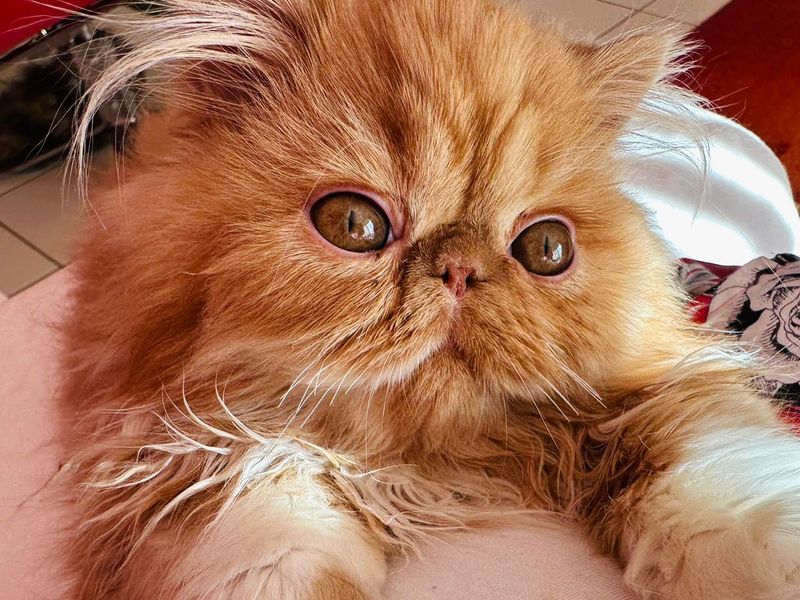
Cats naturally breathe through their noses, not their mouths. When your Persian routinely breathes with an open mouth, it’s their way of trying to get more air.
This compensatory behavior develops when nasal passages can’t supply enough oxygen, forcing them to use their mouth as an alternative airway.
3. Exercise Intolerance
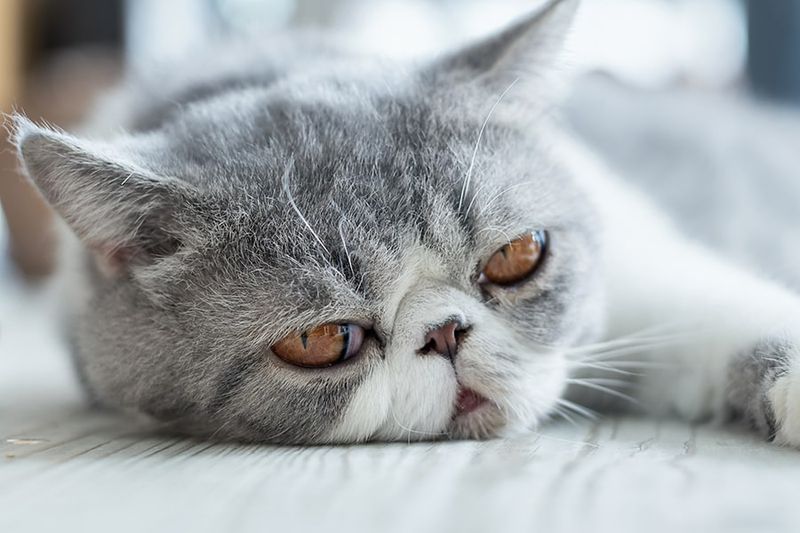
Remember when your kitty used to chase toys for ages? Suddenly stopping play or avoiding activity altogether might signal breathing difficulties. Physical exertion increases oxygen demand, which brachycephalic cats struggle to meet.
Your once-playful Persian may now prefer lounging to playing because exercise literally takes their breath away.
4. Sleep Disruptions
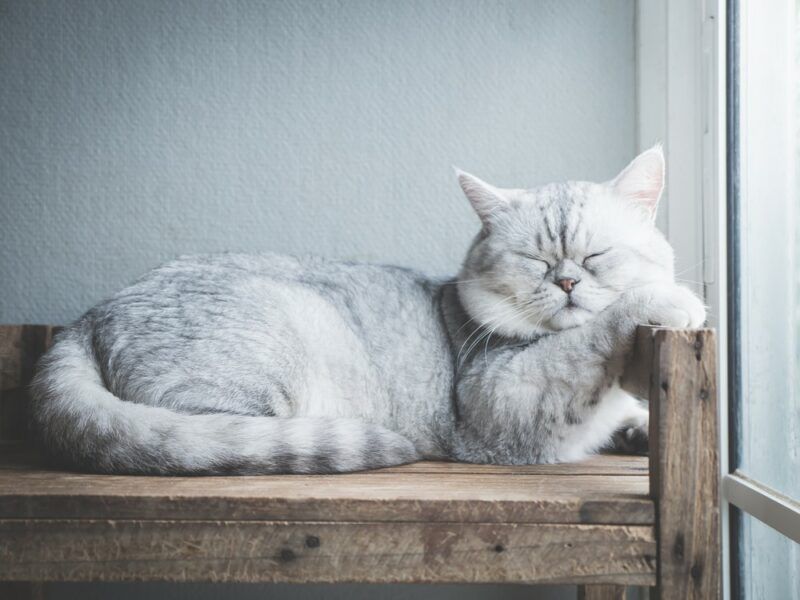
Waking up gasping or shifting sleeping positions frequently might mean your Persian can’t breathe properly while dozing. Many affected cats sleep with their neck extended or chin elevated.
These unusual positions help open airways that collapse during relaxed sleep states. You might notice your cat rarely sleeps deeply anymore.
5. Bluish Gums Or Tongue

Healthy cat gums should be pink, not blue or purple! This discoloration, called cyanosis, happens when tissues aren’t getting enough oxygen.
Check your Persian’s mouth occasionally during rest and after activity. Any bluish tint requires immediate veterinary attention as it indicates severe oxygen deprivation.
6. Frequent Gagging Or Retching
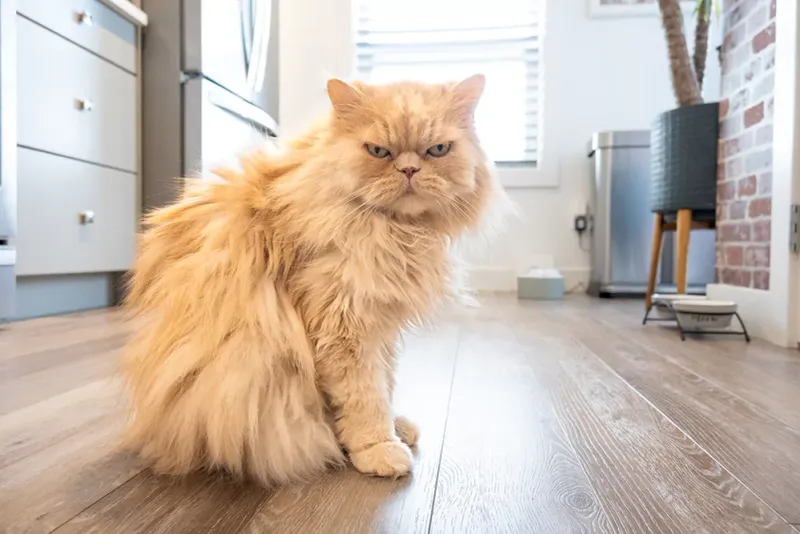
That horrible sound of your Persian trying to clear their throat isn’t just a hairball brewing. Brachycephalic cats often gag or retch because of excess tissue at the back of their throat.
This redundant tissue can trigger the gag reflex even when nothing needs to come up. Many owners mistake this for regular hairballs.
7. Fainting Episodes
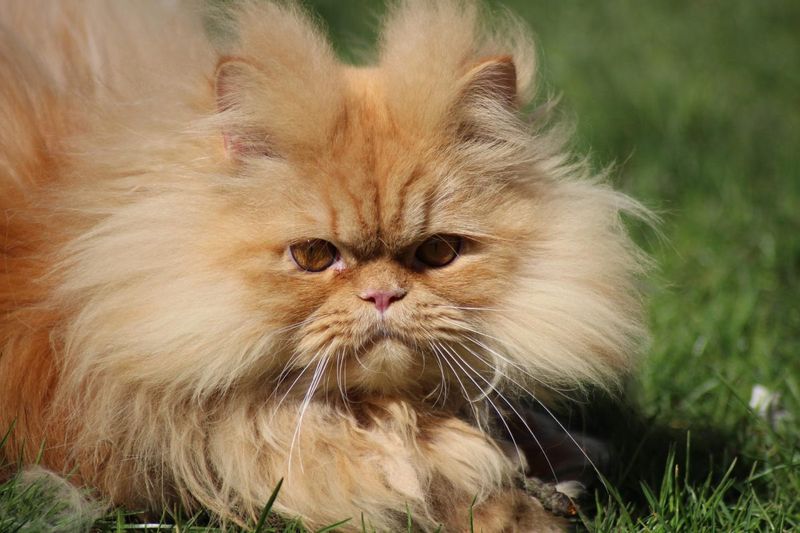
Scary but true – some Persians with severe airway syndrome actually faint from lack of oxygen! These episodes typically happen during excitement or stress when breathing demands increase.
Your cat might seem wobbly before collapsing briefly. Any fainting episode is an emergency requiring immediate veterinary care to prevent tragic outcomes.
8. Heat Intolerance
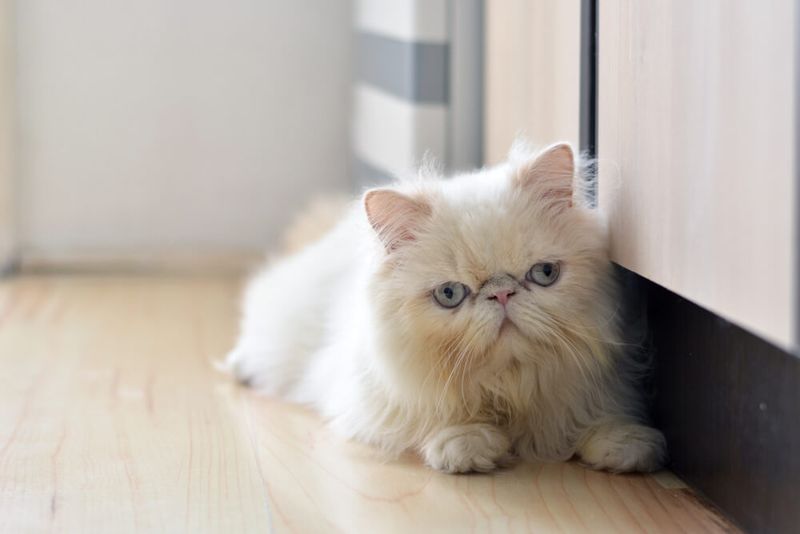
Flat-faced felines struggle to cool down efficiently. Panting is how dogs cool off, but cats rely primarily on breathing normally through their nose. When airways are compromised, the cooling system fails too.
Your Persian might seek cool tile floors or air conditioning vents during warm weather that other cats tolerate just fine.
9. Respiratory Infections That Won’t Quit
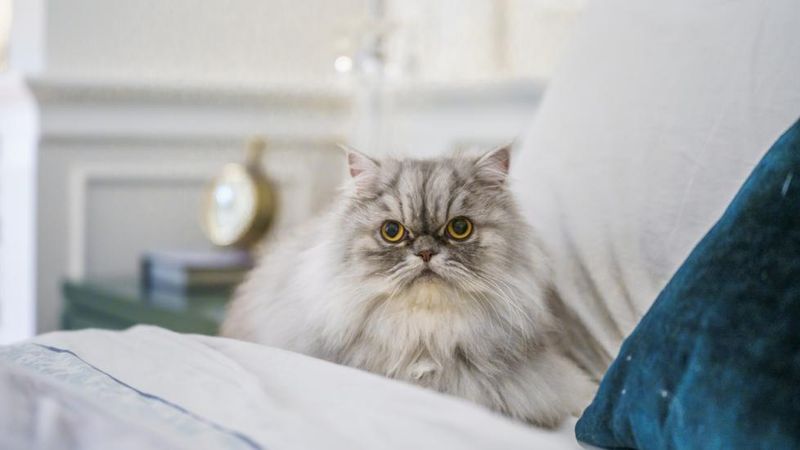
Catching every bug going around? Brachycephalic cats often experience recurring respiratory infections because their unusual anatomy traps bacteria and viruses. Their narrow nasal passages and excess soft tissue create perfect hiding spots for pathogens.
If your Persian seems stuck in an endless cycle of sniffles and sneezes, airway syndrome might be the underlying cause.
10. Stunted Growth Or Weight Loss
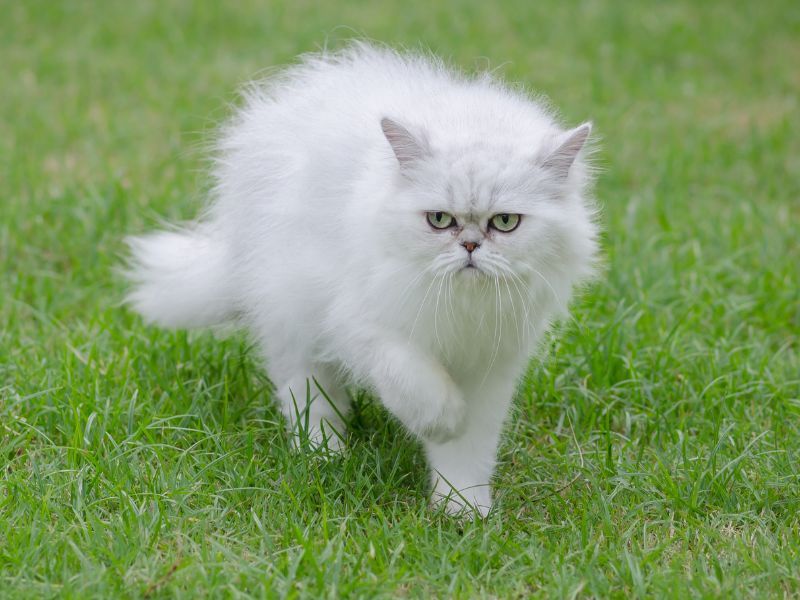
Breathing troubles can literally stunt your cat’s growth! When eating requires pausing to breathe, meals become exhausting marathons rather than enjoyable activities. Kittens might grow more slowly than expected, while adult Persians may lose weight despite good appetites.
The constant work of breathing burns calories that should go toward growth or maintenance.
11. Reluctance To Groom
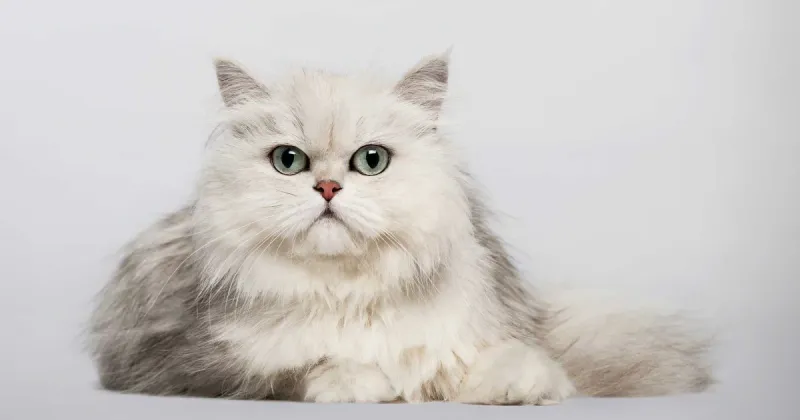
Persians are fastidious furballs by nature, so when grooming habits decline, something’s definitely wrong. Brachycephalic cats often abandon self-grooming because they can’t breathe while doing it.
Trying to clean those glorious coats requires holding their breath in awkward positions. Your once-pristine Persian might develop mats or appear unkempt despite their natural cleanliness instincts.
12. Anxiety Or Restlessness
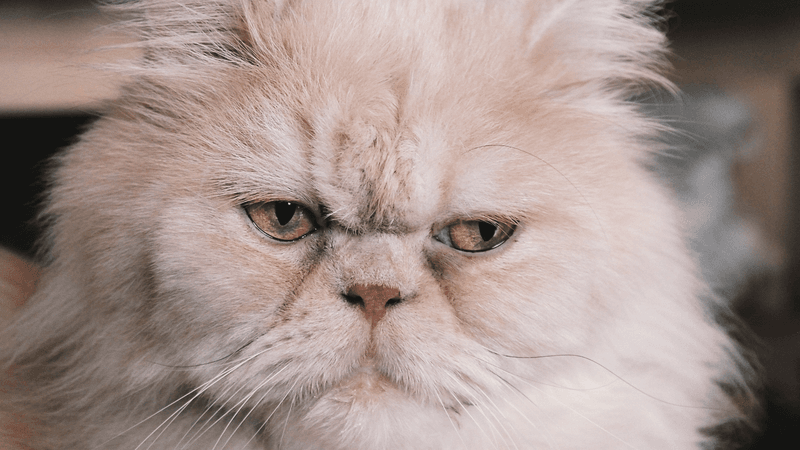
Imagine feeling like you’re breathing through a straw – you’d be anxious too! Persians suffering from airway syndrome often show behavioral changes like pacing, inability to settle, or unusual irritability. This anxiety stems directly from their body’s oxygen hunger.
Their brain receives constant distress signals that something’s wrong, creating a state of perpetual unease that’s heartbreaking to witness.

